 |
| Courtesy, R. John Wright |
 |
| Courtesy, R.John Wright, Spring Time Lambs |
I have been honored as a guest blogger on R. John Wright's magical site, and he in, turn, has honored us with the interview below!
1.
You have
covered many eclectic and wonderful themes in creating your dolls; is there a
dream doll you would still like to produce?
RJW: Interesting
question because there’s many dolls (and animals) we still wish to produce.
Among them are dolls based on the wondrous images created by Maxfield Parrish
and Arthur Rackham - two of our favorite
illustrators. But, these may lend themselves better to tableaux or settings.
As far as a single character, we have long wanted to do
Peter Pan. This would not be Disney’s version but closer to the original
illustrations in the books by J. M. Barrie. When we took our four young
children to London years ago, our first
destination was to visit the famous statue of Peter Pan in Kensington Gardens.
Someday we will find the time to make Peter Pan….
2.
The Fairy
Tale Mice are charming; why did you choose mice to portray fairy tale motifs in
doll making?
RJW: We had just
completed the set of mice representing the characters in the Wizard of Oz and
they were so well-received by fans that we began to think of other ‘mouse’
possibilities. Classic fairy tales seemed like a good fit as it tapped into the
droll nature of our mice. We’re planning a second group now which will include
a haughty mouse depicting ‘The Emperor’s New Clothes.’ Fun!
 |
| Courtesy, R. John Wright |
3.
Your online
history mentions that you started to think about a career in doll making after
you met porcelain doll artist Gail Wilson. Why did you choose cloth as a medium
over porcelain?
RJW: There are a few
reasons why I didn’t gravitate to porcelain. First, I didn’t know anything
about working with porcelain and didn’t have access to a kiln or other
equipment. Secondly, I wasn’t particularly drawn to porcelain dolls. They
seemed cold and a bit too precious to me. I had a vision of dolls that were
warmer and more accessible. And lastly, when I was a child my aunt Genevieve
worked at the legendary department store, J. L. Hudson’s, in Detroit, Michigan.
The window dressers there used quality wool felt in their displays which my
aunt would rescue from the trash and bring home for me to play with. I would
make little theaters and other things using the felt and I think I developed an
affinity for it. When I saw the Steiff dolls were made of felt it immediately
hit a chord with me.
4.
You
mentioned Carl Fox’s “The Doll” was an important influence on your work since
that is where you saw the Steiff school room; have any other books on dolls
influenced your work?
RJW: Right before I
began to make dolls I found a funny little book at the Dartmouth
library in Hanover, New Hampshire. It was called “Dolls &
People” by Jeannette Mowrey and inside were profiles of several doll makers and
doll collectors – with photos of their collections. It opened my eyes to a subculture
of adults who loved dolls. One photo in particular was of some ‘Hillbilly’
dolls made by NIADA artist Grace Lathrop. That image formed the basis of the
very first ‘rustic’ RJW dolls.
 |
| By Carl Fox, Public Domain Image |
“Lenci Dolls” by Dorothy Coleman - the first book devoted to
the Lenci company - came out in 1977. This was our first year making dolls and
the timing couldn’t have been better. We poured over that book in an effort to
learn how to mold felt doll faces and improve our work. In the end we had to
find our own way to learn our craft but the dolls themselves were hugely
inspirational.
5.
Your
expression of children’s literature through making dolls is breath taking. Have
you considered creating dolls influence by other works of literature or drama?
RJW: One thing we’d
love to do is make a series of dolls based on very early Hollywood
stars such as Rudolph Valentino. We’ve also contemplated dolls from famous
ballets. We were recently approached by the Game of Thrones people to consider
a line of dolls but we generally steer clear of very new properties. There are
still many classics we have on our list.
6. I am awed by the meticulous detail in all
your dolls, but especially The Hummel collection. What about Hummels made you want to recreate
them as dolls?
RJW: I went to Catholic
school for 12 years so I think there may be a connection there! I do love the
image of children that Sister Innocentia Hummel portrayed so beautifully. We
were also impressed by how airbrushing on felt evoked the warmth and coloration
of the original Hummel paintings and figurines. It all began to seem like a
good fit.
 | |
| Celestial Messenger, the Hummel TM Collection, Courtesy, R. John Wright |
7.
Are you a
doll collector, too? If so, what kinds of dolls do you collect?
RJW: As expected, we primarily collect cloth dolls. However,
we don’t have hardly any contemporary artist dolls in our collection. Instead,
we gravitate towards antique dolls which were manufactured in much the same way
our dolls are. These primarily include early dolls by the Lenci, Kathe Kruse,
and Steiff companies. I also have a humorous collection of mid-century felt cartoon
characters made by Lars of Italy.
8.
Who are your
favorite artists, not necessarily doll artists? Why?
RJW: I am especially
drawn to Vermeer’s paintings - but of course who isn’t?! There are many other
painters I admire that are on most people’s list: Sargent, Homer, Mary Cassatt,
Degas, Van Gogh. A more obscure artist is the Swiss painter Albert Anker.
 | |||
| Young Girl by Mary Cassatt, Public Domain Image |
 | |
| Albert Anker, Kind mit Puppe [Child with Doll] | Public Domain Image |
Susan has always loved the baroque painters such as Caravaggio
while I gravitate towards the cooler, more Northern aesthetic. I think that
makes us a good pair!
9.
What are
your thoughts about the future of doll making?
About the future of doll collecting?
RJW: When we started
out we were inspired by the companies who manufactured the antique dolls we
admired so greatly. While I was a member of NIADA it became obvious that I was
an anomaly. All the members were either people who made dolls alone or sold
their designs to companies to produce. Now, decades later, we’re struck by how
there are still so very few artists who opt to produce their own dolls in
quantity under their direct supervision. Most artists simply don’t want the
headache of hiring and training a production team. So the future of doll making
will most likely continue with artists crafting their dolls by themselves and
far fewer companies making collector dolls.
 |
| Simon, the Toddler Bears, Courtesy R. John Wright |
As for doll collecting, there will always be people who seek
out excellence whether it be in the realm of antiques or currently-made items.
And there will always be people who love dolls. But I think it will be a far
smaller number than we saw in the ‘collectibles’ boom in the 80s and 90s. It
will most likely resemble the world of doll collecting before that time which
was a small subculture of people who were doll enthusiasts, not unlike the
stories in “Dolls & People” which was published in 1956.
10. Do you have any advice to share with either
young artists or young doll artists?
























































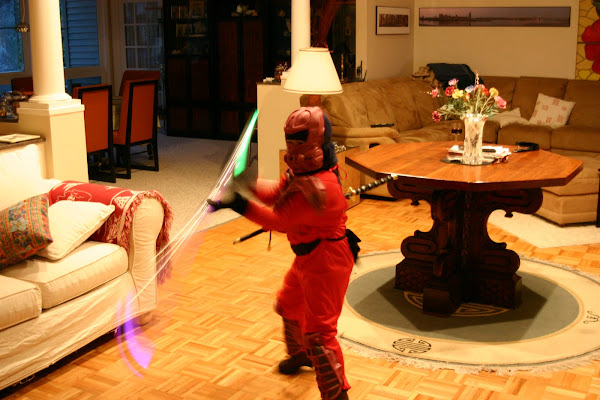

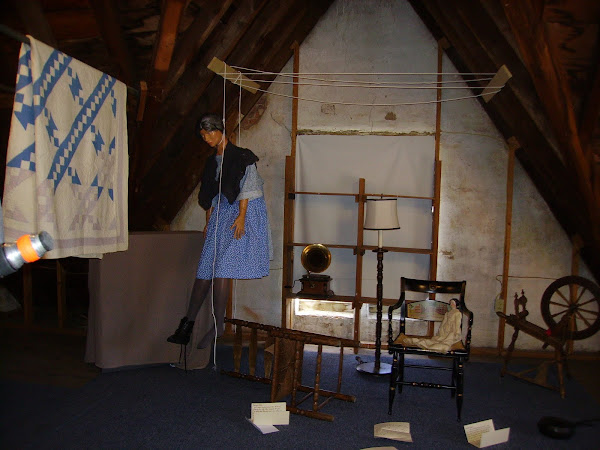
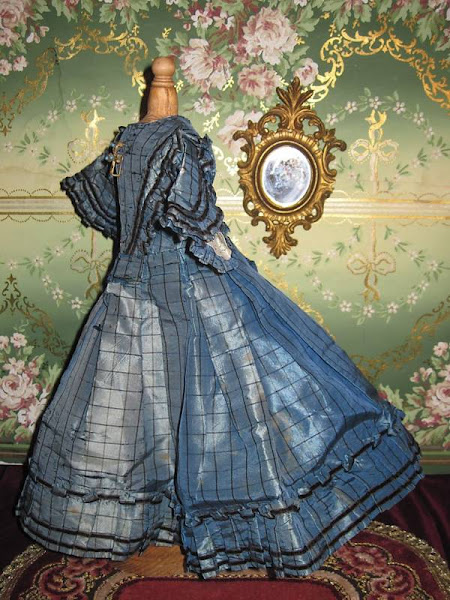wCWk~%24(KGrHqV,!h8Ew5GsnS3dBMUy3MzVPg~~_3.jpg)


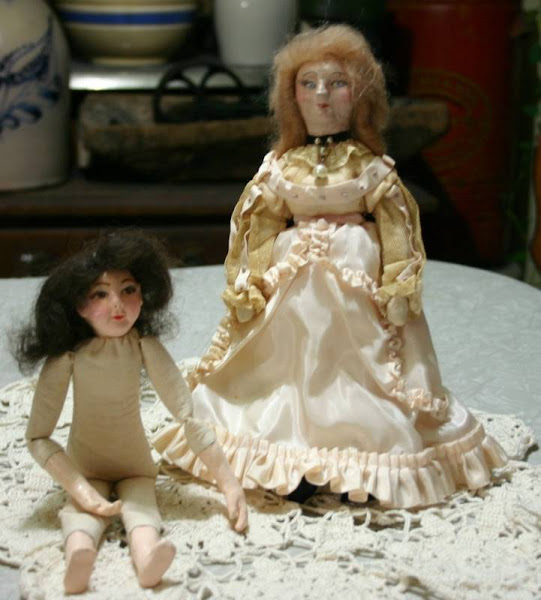









































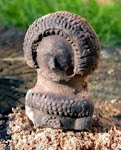
















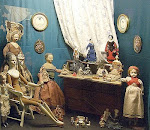



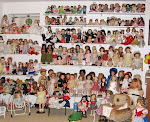
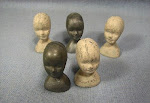




No comments:
Post a Comment